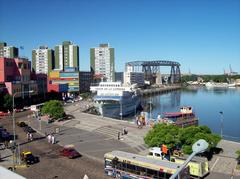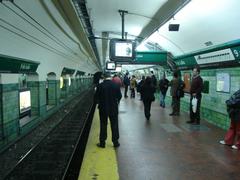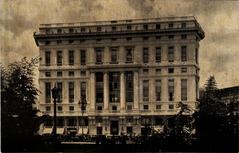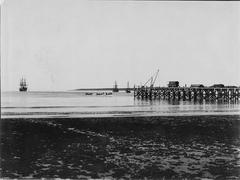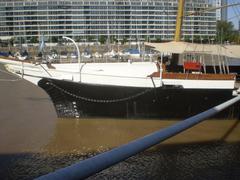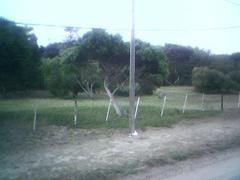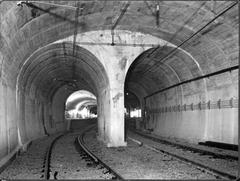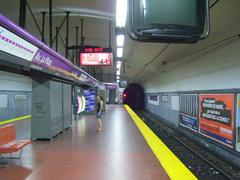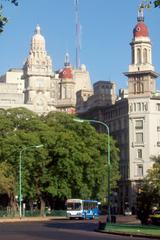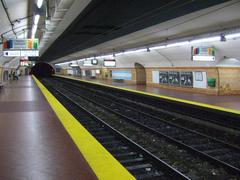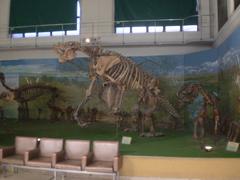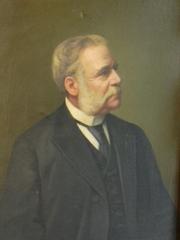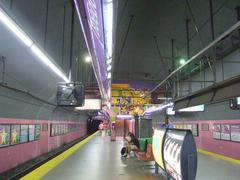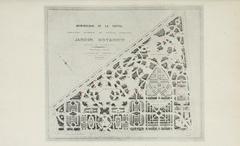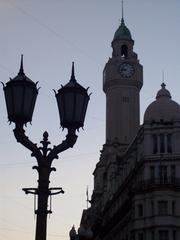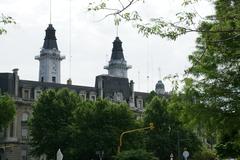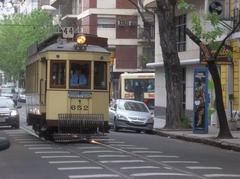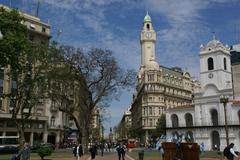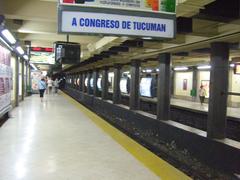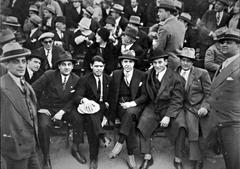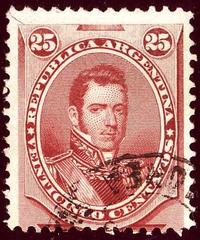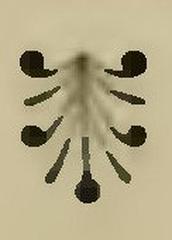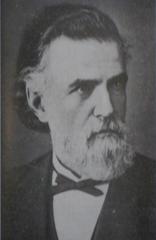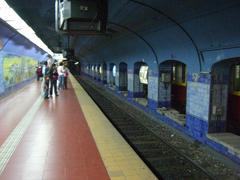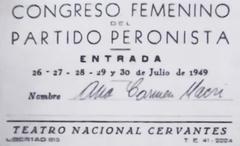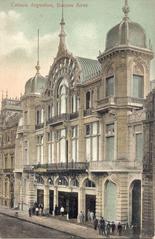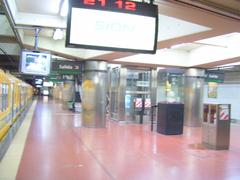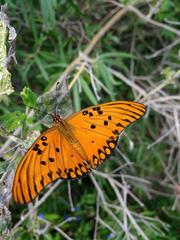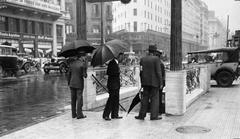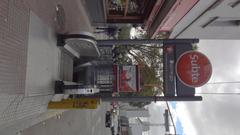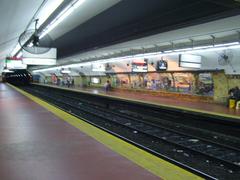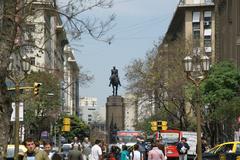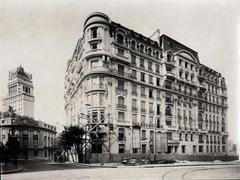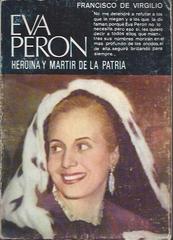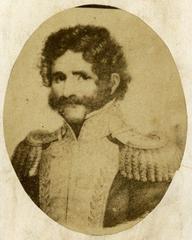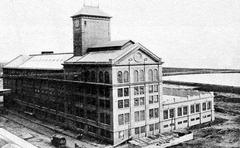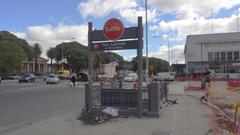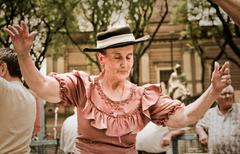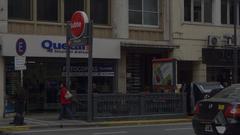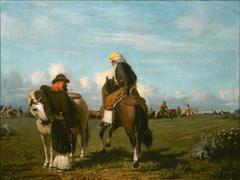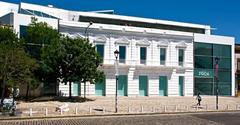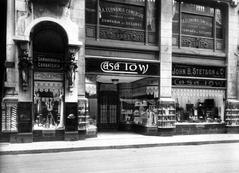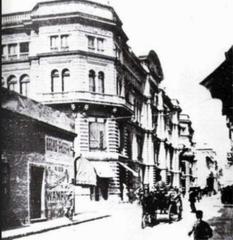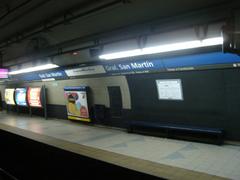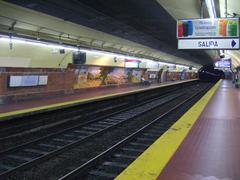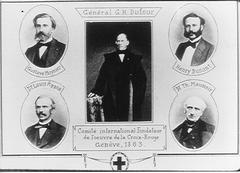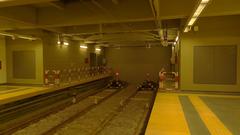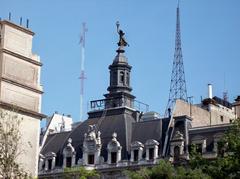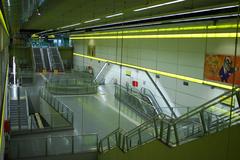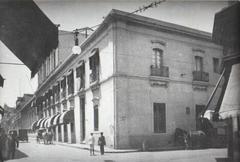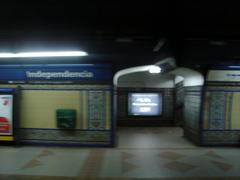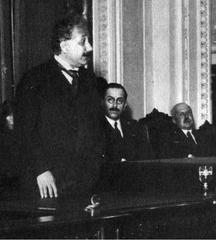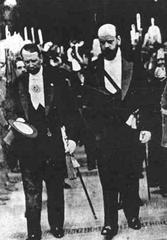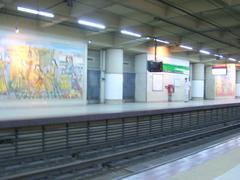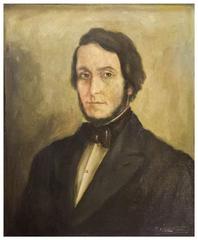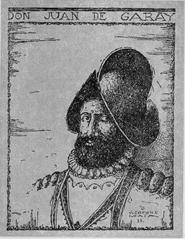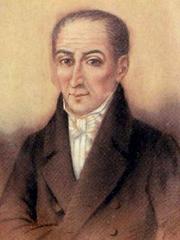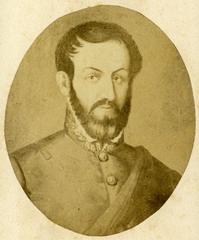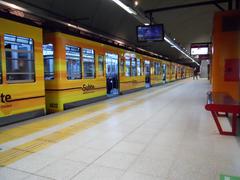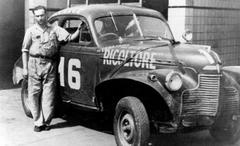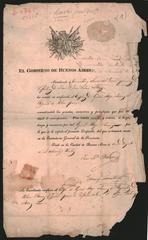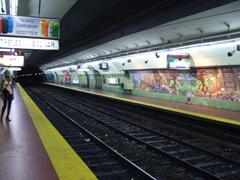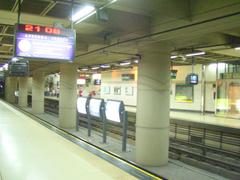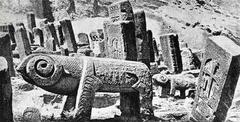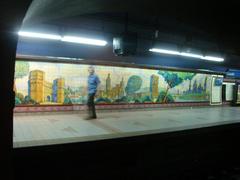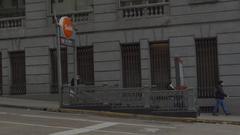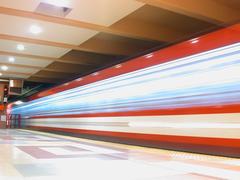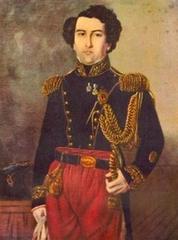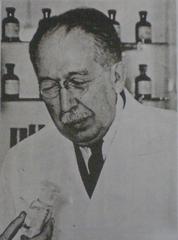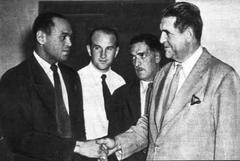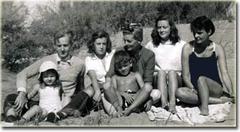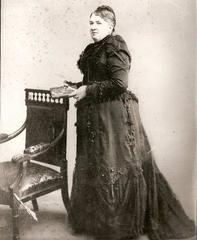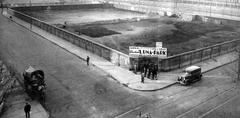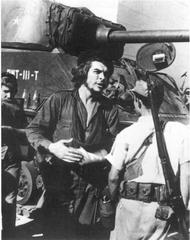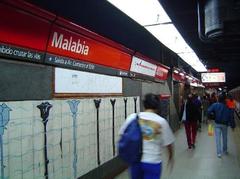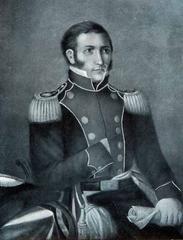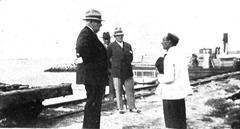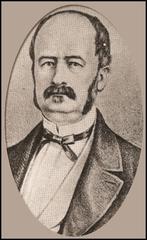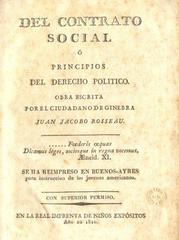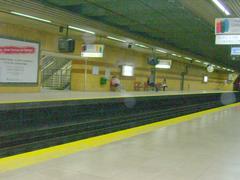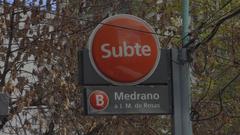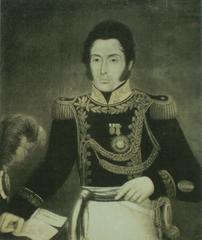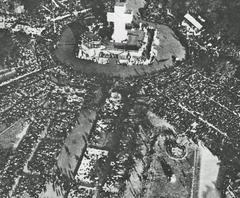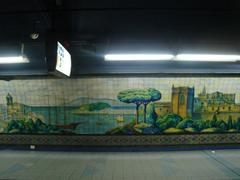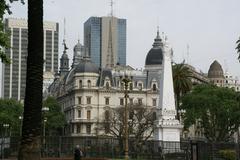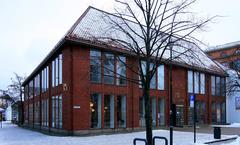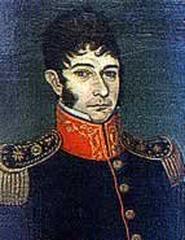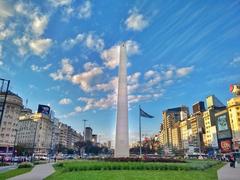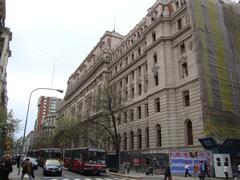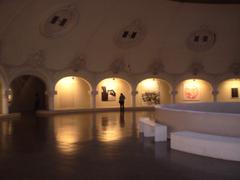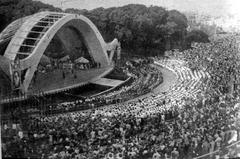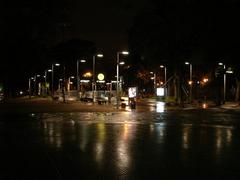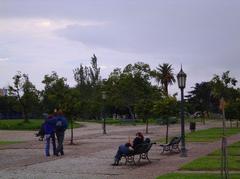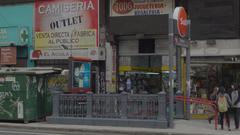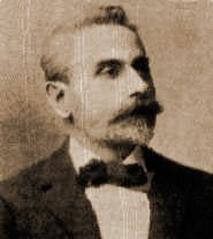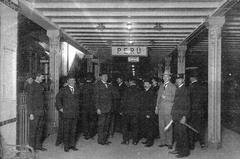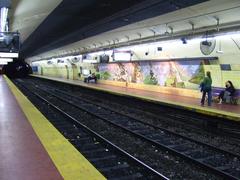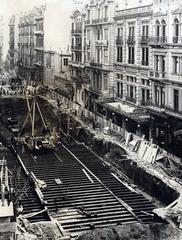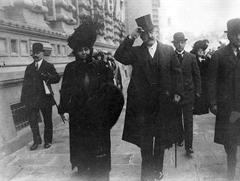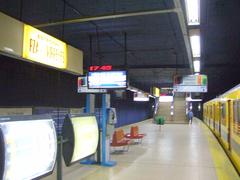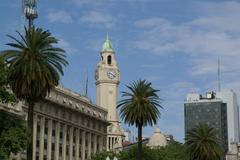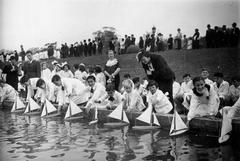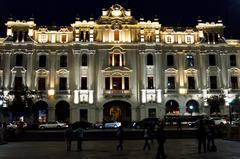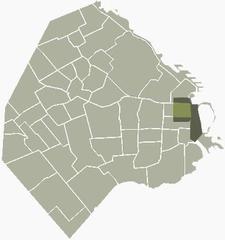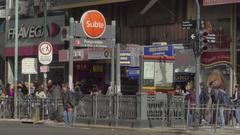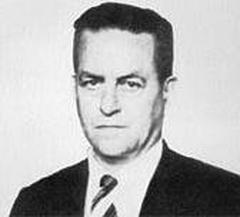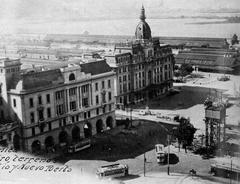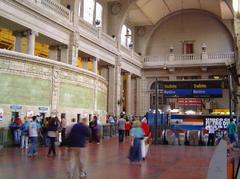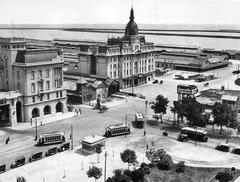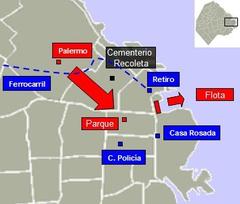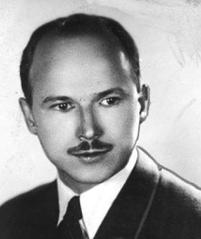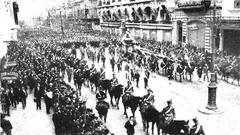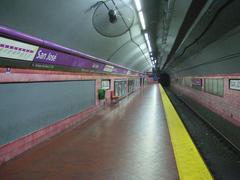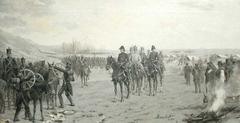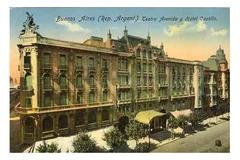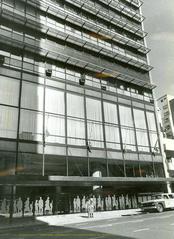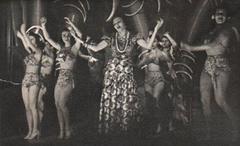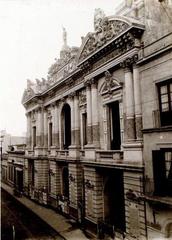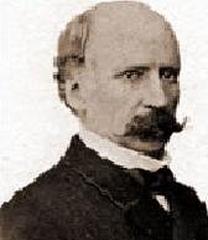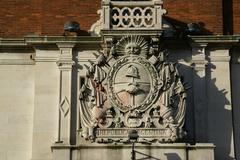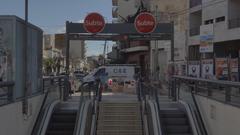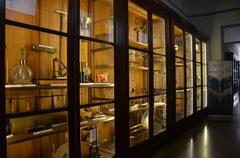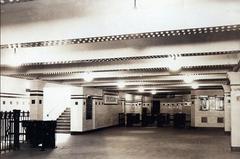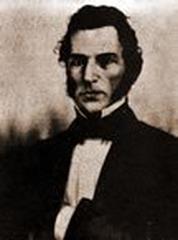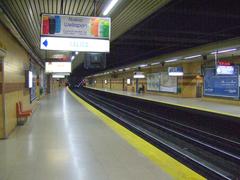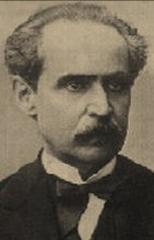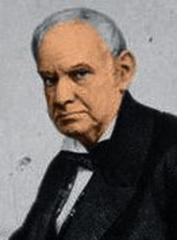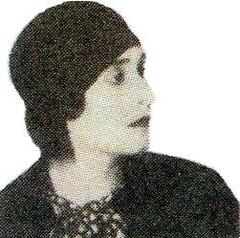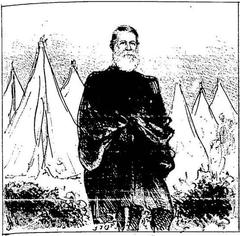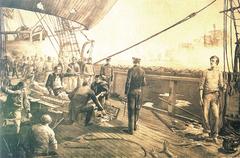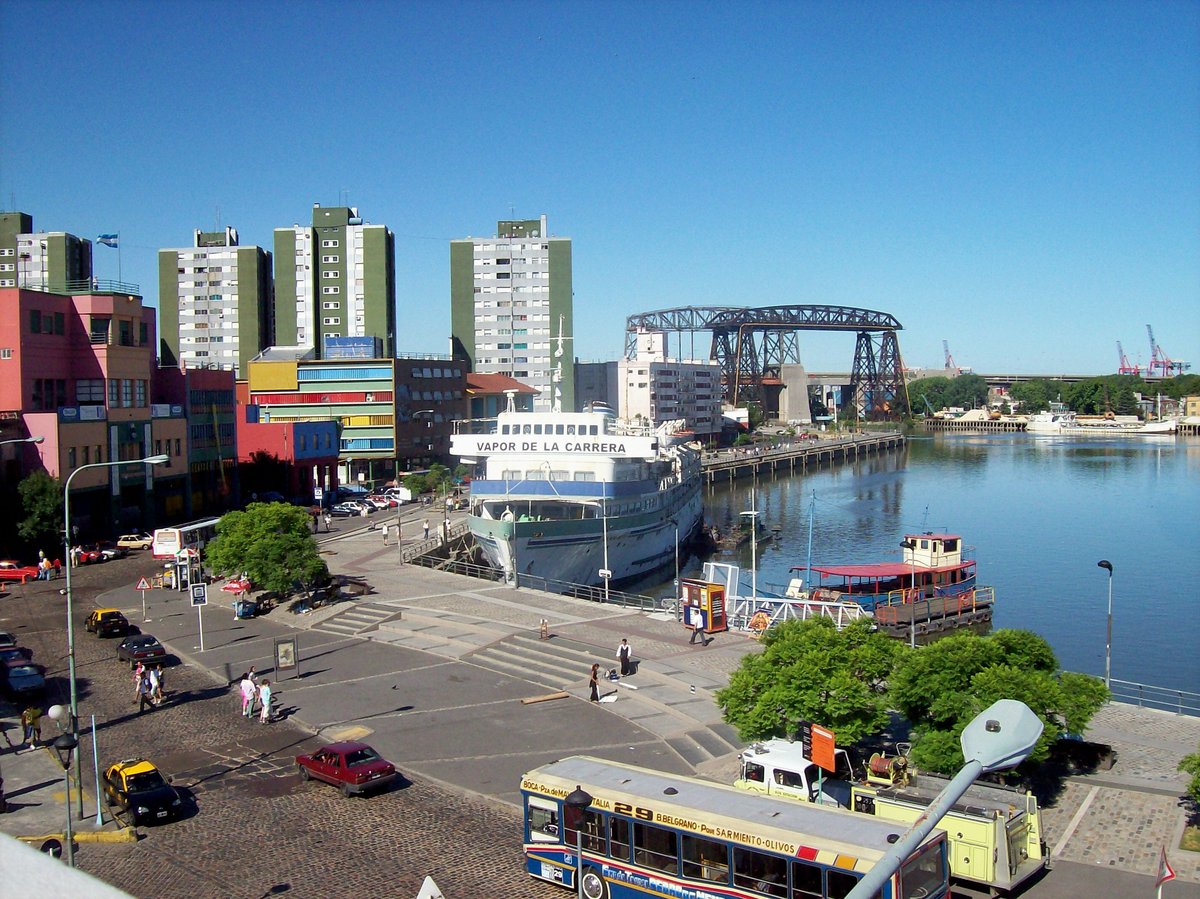
Comprehensive Guide to Visiting Paseo Peatonal Costero Diputado Nacional Carlos Bello, Buenos Aires, Argentina
Date: 24/07/2024
Introduction
Paseo Peatonal Costero Diputado Nacional Carlos Bello is a captivating destination in Buenos Aires, Argentina, embodying both historical significance and modern urban development. This pedestrian coastal walkway is an integral part of the BA Costa initiative, launched in April 2022, aimed at revitalizing the city’s waterfront areas by transforming previously inaccessible spaces into vibrant public areas. Spanning approximately 25 kilometers from Avenida General Paz to the Riachuelo, this project is a testament to Buenos Aires’ commitment to urban renewal and cultural preservation (La Nación).
Named after the notable Argentine politician Carlos Bello, the walkway not only honors his contributions but also serves as a dynamic recreational and cultural hub for locals and tourists alike. The Paseo Peatonal Costero features a poignant memorial dedicated to the victims of the 1994 bombing of the Asociación Mutual Israelita Argentina (AMIA), symbolizing the city’s resilience and commitment to honoring its history (La Nación). The development includes the creation of new parks, commercial promenades, and recreational zones, aiming to recover 110 hectares of land and develop 3,285 square meters of new public spaces (La Nación).
This guide will provide an in-depth look at the historical background, significance, visitor information, and more about this remarkable urban development project, offering practical tips and insights for an enriching visit to Paseo Peatonal Costero Diputado Nacional Carlos Bello.
Table of Contents
- Introduction
- Historical Background
- Significance of the Memorial
- Urban Development and Connectivity
- Cultural and Recreational Impact
- Architectural and Environmental Considerations
- Community Engagement and Future Prospects
- Visitor Information
- Travel Tips
- FAQ
- Conclusion
Historical Background
The Paseo Peatonal Costero Diputado Nacional Carlos Bello is part of the broader BA Costa initiative, which aims to revitalize Buenos Aires’ waterfront areas. The project stretches from Avenida General Paz to the Riachuelo, covering approximately 25 kilometers of the city’s coastal edge (La Nación).
Launched in April 2022 by the Buenos Aires city government, the initiative aims to transform previously inaccessible spaces into vibrant public areas. The project includes new parks, commercial promenades, and recreational zones, aiming to recover 110 hectares of land and develop 3,285 square meters of new public spaces (La Nación).
Significance of the Memorial
One of the most poignant features of the Paseo Peatonal Costero is the memorial dedicated to the victims of the 1994 bombing of the Asociación Mutual Israelita Argentina (AMIA). This tragic event, which resulted in the loss of 85 lives, is commemorated through a thoughtfully designed memorial located in Costanera Norte. The memorial is divided into two sections: the first features a 20-meter-high metal pillar that functions as a sundial, casting shadows on the ground. This section also includes a plaque with the names of the victims and debris from the AMIA building (La Nación).
The second section of the memorial consists of 85 vertical steel stakes, each topped with a lamp, symbolizing the lives lost in the attack. This memorial not only serves as a place of remembrance but also as a powerful reminder of the city’s resilience and commitment to honoring its history (La Nación).
Urban Development and Connectivity
The Paseo Peatonal Costero is designed to enhance the connectivity of Buenos Aires’ waterfront areas, making them more accessible to both residents and visitors. The project includes the development of urbanistic projects such as new parks and commercial areas, which are expected to boost local tourism and economic activity. The walkway is strategically located near several key transportation hubs, making it easily accessible by public transport (Moovit).
Cultural and Recreational Impact
The Paseo Peatonal Costero is not just a physical transformation but also a cultural and recreational enhancement for Buenos Aires. The walkway provides a space for various cultural activities, including art exhibitions, musical performances, and community events. It also offers numerous recreational opportunities, such as jogging paths, cycling tracks, and picnic areas, making it a popular destination for families and fitness enthusiasts alike (Viaje Boutique).
Architectural and Environmental Considerations
The design of the Paseo Peatonal Costero incorporates several architectural and environmental considerations to ensure sustainability and aesthetic appeal. The project includes the use of eco-friendly materials and technologies, such as solar-powered lighting and rainwater harvesting systems. Additionally, the walkway features landscaped gardens and green spaces that enhance the area’s natural beauty and provide habitats for local wildlife (Viaje Boutique).
Community Engagement and Future Prospects
Community engagement has been a crucial aspect of the Paseo Peatonal Costero project. The city government has actively involved local residents and stakeholders in the planning and development process, ensuring that the project meets the needs and expectations of the community. Public consultations and workshops have been held to gather feedback and suggestions, which have been incorporated into the final design (La Nación).
Looking ahead, the Paseo Peatonal Costero is expected to play a significant role in the ongoing transformation of Buenos Aires’ waterfront areas. The project is part of a broader vision to create a more connected, vibrant, and sustainable city, with the potential to attract millions of visitors each year and contribute to the city’s economic and cultural growth (Moovit).
Visitor Information
To fully enjoy your visit to Paseo Peatonal Costero, here are some practical details:
- Visiting Hours: The walkway is accessible 24/7, but specific attractions within the paseo may have varying hours.
- Tickets: Admission to the walkway is free. However, some events or exhibitions may require tickets.
- Best Times to Visit: Early mornings and late afternoons are ideal for a leisurely stroll, avoiding the midday heat.
- Nearby Attractions: Be sure to visit Costanera Norte, which offers stunning views of the river, and the ecological reserve for a nature escape.
Travel Tips
- Public Transport: The Paseo Peatonal Costero is well-connected by public transportation. Use the Moovit app for real-time transit information.
- Cycling: Consider renting a bike to explore the entire stretch of the walkway comfortably.
- Safety: The walkway is generally safe, but it’s advisable to stay aware of your surroundings, especially at night.
FAQ
Q: Are pets allowed on the walkway? A: Yes, pets are welcome but must be kept on a leash.
Q: Is the walkway wheelchair accessible? A: Yes, the walkway is designed to be accessible to everyone, including those with mobility challenges.
Q: Are there dining options available? A: Yes, there are several cafes and food stalls along the walkway offering a variety of refreshments.
Conclusion
The Paseo Peatonal Costero Diputado Nacional Carlos Bello stands as a testament to Buenos Aires’ commitment to urban renewal and cultural preservation. By transforming previously inaccessible spaces into vibrant public areas, the project not only enhances the city’s aesthetic appeal but also provides valuable recreational and cultural opportunities for residents and visitors alike. The inclusion of a memorial for the AMIA bombing victims further underscores the project’s significance, serving as a poignant reminder of the city’s resilience and dedication to honoring its history.
Visit Paseo Peatonal Costero and experience the blend of history, culture, and recreation that makes Buenos Aires a unique destination. Don’t forget to check out our other articles for more travel tips and recommendations!
